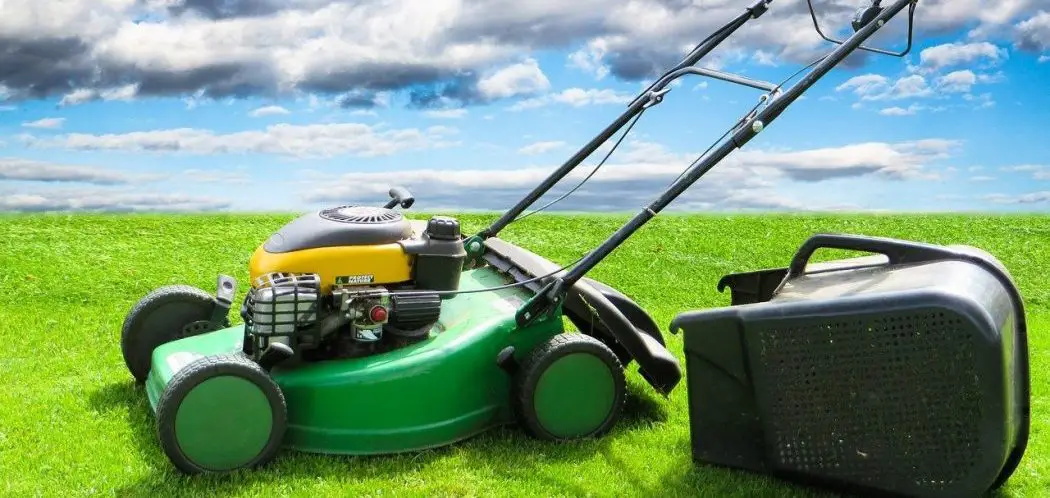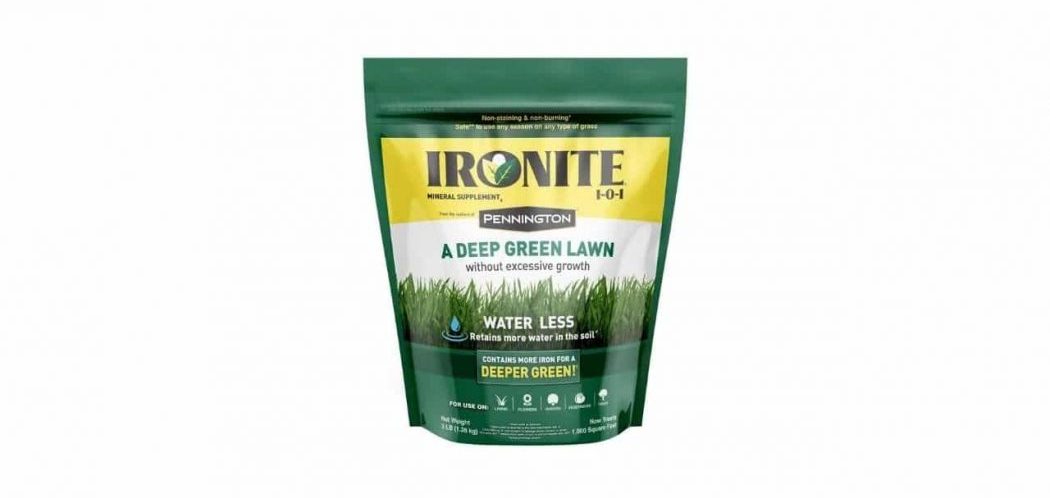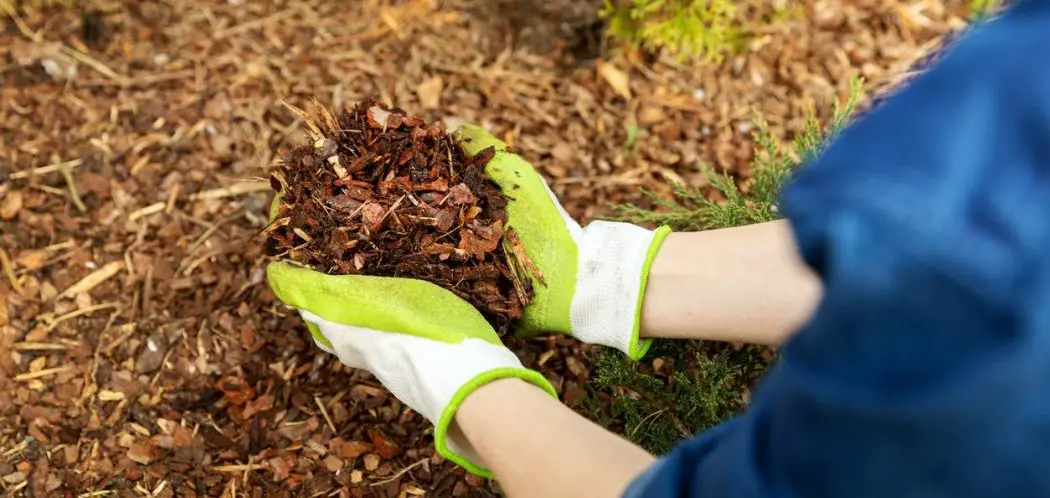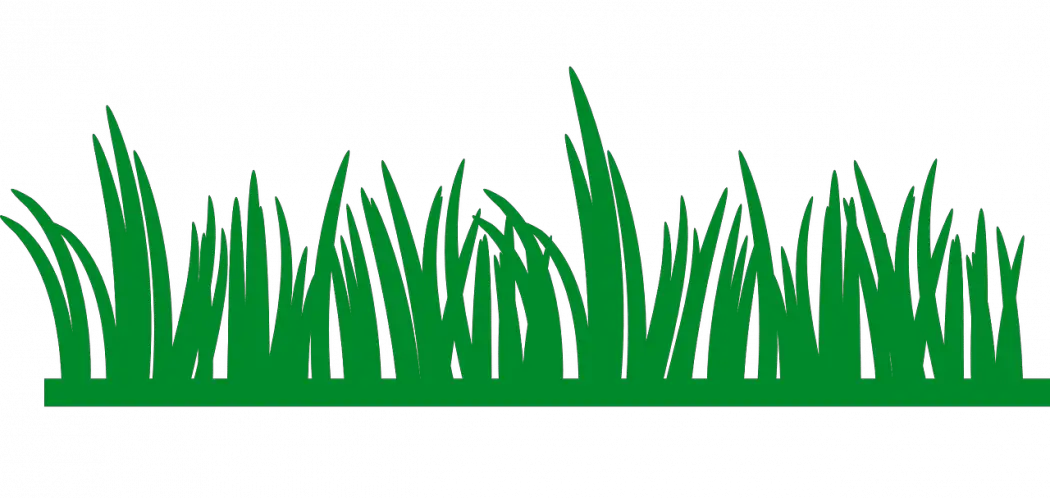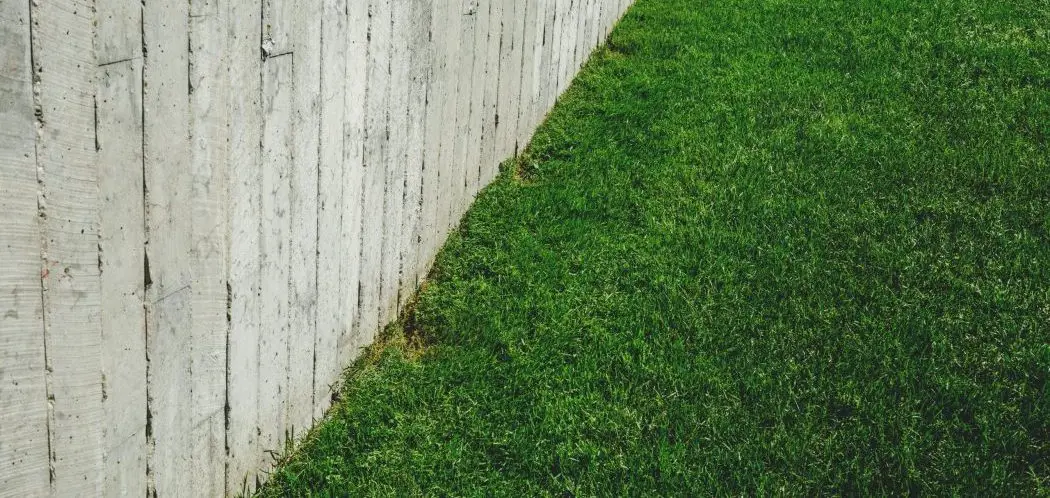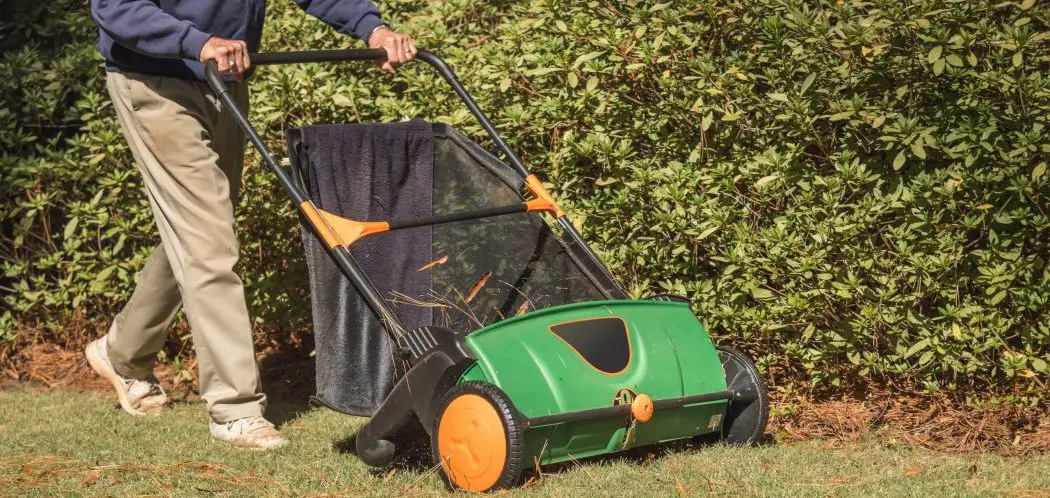So, you’re thinking about getting Milorganite?
You may have heard the name and you’re probably wondering if it’s worth the hype.
This article is for those who are not familiar with Milorganite and might be interested in using it.
I’ll explain what it is, when you should use it and some other considerations that you should be aware of if you’re going to purchase this product.
Of course, these are just my opinions so take the information below as you see fit.
What is Milorganite?
Milorganite is a nitrogen based, slow releasing, organic fertilizer produced in Milwaukee, Wisconsin. It’s certainly one of the most popular fertilizers in the US and it’s used by both experienced and beginning gardeners.
Milorganite is actually a non-profit brand.
The name implies what the product is:
Mil – Milwaukee
Org – Organic
Nit – Nitrogen
Milorganite Is a Biosolid
Milorganite is a by-product of Milwaukee’s sewer district. It essentially involves taking a waste product and turning it into something that can be used.
It’s actually a biosolids fertilizer. These contain a good source of organic matter and they have to be produced.
In the case of Milorganite, the facility in Milwaukee takes in sewage from wastewater plants and then this is anaerobically digested.
Microbes and bacteria consume all the organic material.
Once, the microbes die off, the biosolids are ready to be prilled which takes place in a rolling chamber.
These prills are then treated with an anti-dusting agent and iron before being sent out for retail.
What they do is really interesting! You can find more about the product of their website here.
Benefits of Milorganite
Unlike other fertilizers, it doesn’t get into the water supply so you can be sure you aren’t causing any harm to wildlife or nature as result of using Milorganite. Maybe you don’t want to use a synthetic fertilizer on your lawn and that’s totally okay! You can still get benefits from using alternative products like Milorganite.
Milorganite is very user friendly…
Unlike synthetic fertilizers, you can still put it down in heat or in a dry yard.
There’s no risk of it burning the grass and it won’t leave any stripes on your lawn.
It also contains chelated iron which can help you get a nice dark green yard. You might notice your grass gets a little darker about a week after the application. The added calcium benefit is useful to help boost the immune system of the grass too!
As a result of a Milorganite applications, your turf will be thicker which is the most effective way to prevent against weeds.
Using milorganite is also a great way to build your soil and the microbial activity over a few years too. It can help build a healthy carbon to nitrogen ratio, which ultimately results in an increased soil surface area which affects the soil storage capacity.
When Milorganite Works Great
Milorganite is a heavy nitrogen fertilizer so it works great in the spring time.
The product takes a while to break down so it’s pretty useful early in the spring. You can put down a heavy application so you won’t have to fertilize with nitrogen again for a couple of months. This works great for getting your grass to grow early.
You Will Need Need to Use a Spreader
In order to use Milorganite on your lawn you will need need to use a spreader…
You can use any kind of spreader you want (I like this one). You can look at the spreader settings and application rate in the tables on the website.
Hand applications can be used when using Milorganite or flowers, vegetable tress or shrubs.
Downsides of Milorganite
- Milorganite success is depends a lot on the weather – Biosolids require the right soil temperatures and ambient air temperatures in order to guarantee a release the nutrients. This is because microbial activity is required to release the organic matter in Milorganite. Adverse conditions will result in a decrease in microbial activity.
- It is expensive – From a professional’s point of view, you will be priced out of the market. Even if you dropped the price considerably, it would not be cost effective for a business. If you’re going to purchase Milorganite, I’d recommend getting it at the end of winter when there is plenty in stock.
- A lot of people think they are getting a good dose of iron but I feel that Milorganite doesn’t give you a good enough dose to be really effective. Yes, you are putting down some iron but it’s a granular form of iron. I’d prefer to use a liquid form that won’t oxidize as much as a granular form on dry grass. This one (link to Amazon) is great. Even application of ironite or Dr. Iron would be a much better option if you are concerned with getting your lawn to green up and turn darker.
The Main Problem With Milorganite
If you didn’t already know, the main three components of any fertilizer are: nitrogen, phosphorus and potassium.
The ratio between these is always labelled on the bag as N-P-K.
Nitrogen – helps aid in grass growth. It helps makes the leaves growth and aids in photosynthesis.
Phosphorus – Helps nutrient development. It also helps strengthen the roots.
Potassium – Helps against tough conditions (e.g. too much heat, cold, helps water efficiency wards off pests and builds resistance against disease)
If you look at the NPK ratio listed on a bag of Milorganite. You will typically see it having a 6-4-0 ratio listed, although some of the older versions of the product have a 5-4-0 ratio.
It’s also important to recognize that Potassium is important too. If we switch to this product completely, we’re going to be getting a good about of nitrogen and phosphorus, but potassium is neglected here.
After regular applications of Milorganite, you might find that you have really high levels of phosphorus in your soil. In order to find this out, you will need to perform a soil test. This allows you to get a measurement of what nutrients you have in your ground at any point in time. (This test kit is inexpensive).
After only using Milorganite, you might also find that your potassium levels are really low too.
Don’t neglect regular soil testing! There’s no way of actually looking into the ground to find out what nutrients are present, so you’ll need to perform a soil test see what your soil is lacking in.
pH is a big deal too. This Sonkir soil pH meter (link to Amazon) is great for testing your soil’s pH.
In Summary – Should You Use Milorganite?
Milorganite is an excellent product and a great company. It’s a great way for people who are maybe not so experienced in lawn care to learn to apply fertilizer to their turfgrass. You will learn how to calibrate a spreader and how much to put down at a given time without worrying about burning your lawn and messing up you yard. It’s really low in salt index and you’re not going to burn up the yard no matter how you apply it.
You will see good results too which is important for a beginner.
For these reasons, I think Milorganite is a great starting product but if you’re looking to take your lawn to the next level, it’s likely that you’re going to need to add some additional supplementation to get “optimal” nutrient profile in your soil.
My Suggestion…
Using Milorganite (link to Amazon) is a great idea!
The only thing I would be careful of is that you’re not neglecting certain nutrients that your lawn may need. I’d definitely recommending taking a soil test every year in the spring so you can get an idea of what nutrients you soil has and what it might be lacking in. If you want your lawn looking its absolute best, you don’t want to really neglect anything here.
It really just comes down to what your lawn needs and there’s no real way to know other than performing a soil test.
Personally, I like to rotate Milorganite in with another product (this one) that has no labelled amount of phosphorus. This just helps to ensure that your phosphorus levels don’t get too high. You can also supplement in a product to ensure you are giving your lawn enough potassium too.


